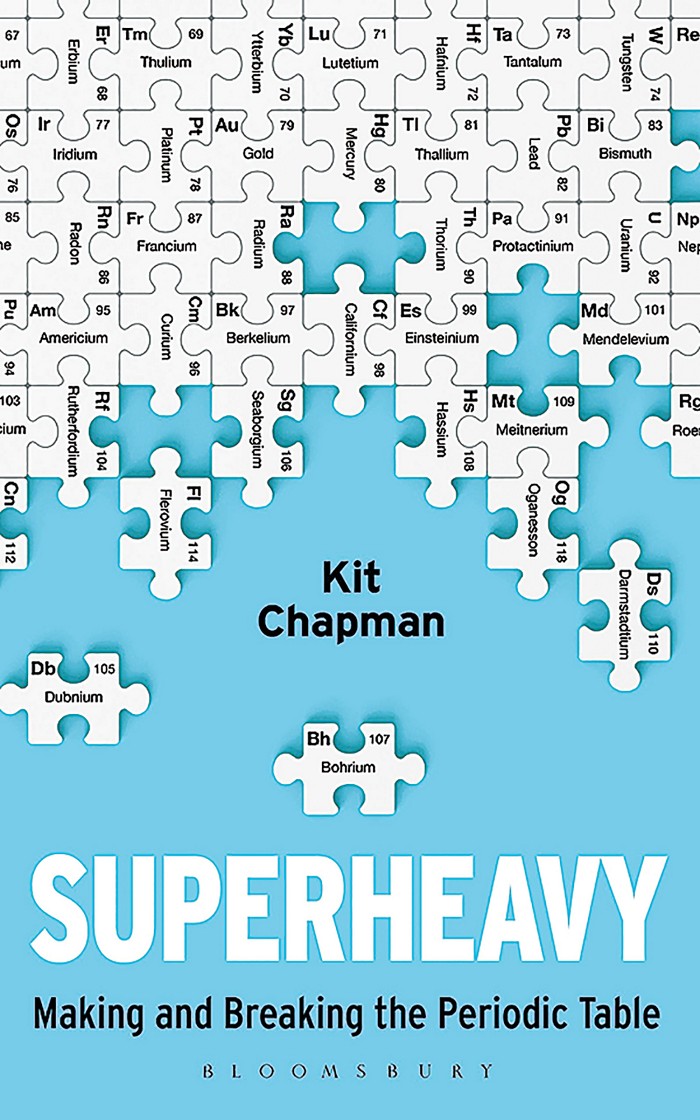
The fascinating story of the far end of the periodic table. The book starts off from the beginning of man-made elements, those beyond uranium, before moving on to the the beasts lurking above atomic number 104 – the superheavies. It’s a story I thought I knew quite well as a physicist With a general interest in particle and nuclear physics. But I had only scratched the surface. Kit Chapman (@ChemistryKit on twitter) clearly loves this topic and he lets that love shine through the pages – or the screen as it may be. There are the familiar characters of Seaborg, Fermi, Lawrence and others showing up, and these may be the stars in the limelight, but here we get introduced to the rest of the cast. A diverse group of people, with remarkable lives, that played invaluable roles in the shaping, and maybe breaking of the periodic table. I especially like how Chapman highlights the achievements of women and minorities in this endeavour – theirs are often not heard at all. Chapman is also not afraid to call out the scientific communities failures, as when he writes that
Among the scientific prisoners had been Otto Hahn, the man who, with Lise Meitner, had discovered fission. In 1944 he had won the Nobel Prize for it. Meitner, in one of the great moments of scientific sexism, got nothing (when the Nobel records were later opened, it was revealed she had been nominated and overlooked 48 times).
Chapman also manages to give us a sniff of the difficulty involved in the discovery (or making) of the new elements. Here, the book is sometimes a little light on detail for my taste but still enough to make everyone appreciate the effort that went into the announcement of 119 whenever it comes. And to read about the early heroic exploits of Fermi and Ghiorso really made jaw drop.
This is a book that not only tells us the story about the superheavy elements and their creators (because I think they must be called creators rather than discoverers) but also manages to convince us why we should care. Why is an element that might not last more than a fraction of a second something we should spend time and effort on exploring. Of course pure scientific curiosity is part of the answers. But there is also the gleaming prospect of the Island of stability and the making of a whole new chemistry. This might have real practical implications, or it might not, but it will definitely change the way we think of elements in the future.